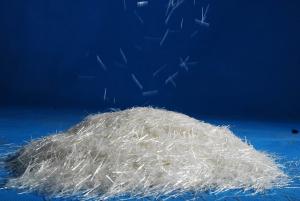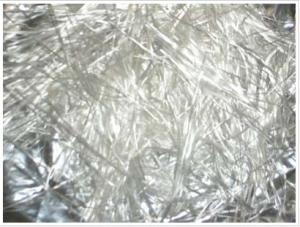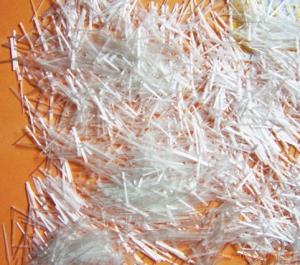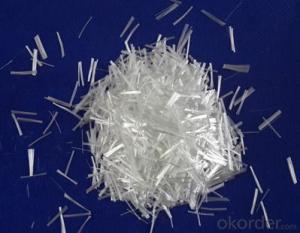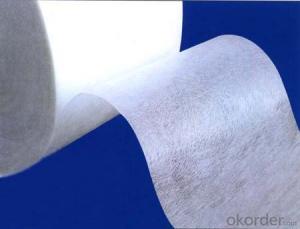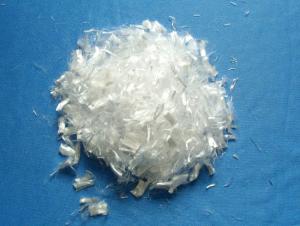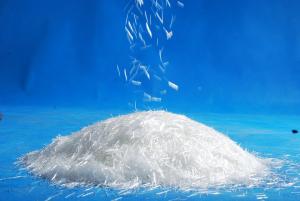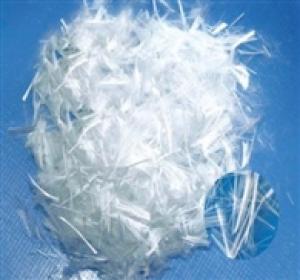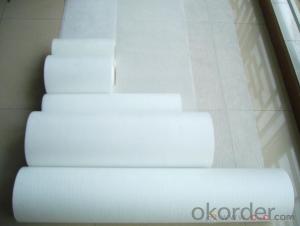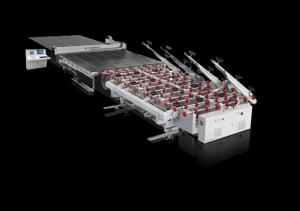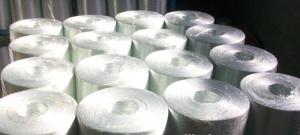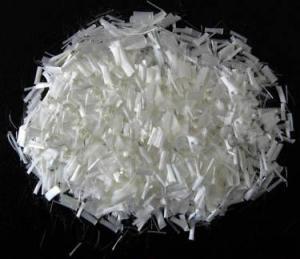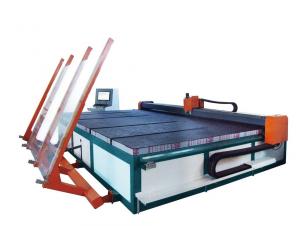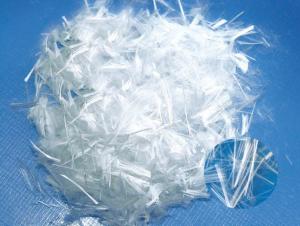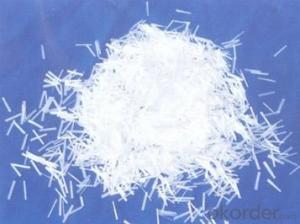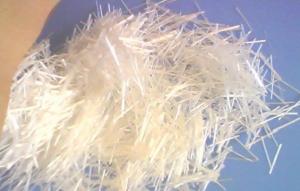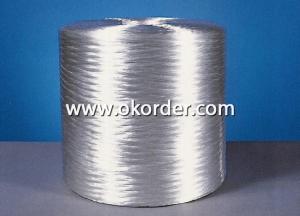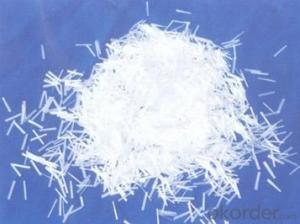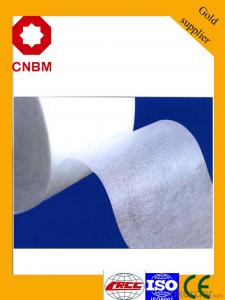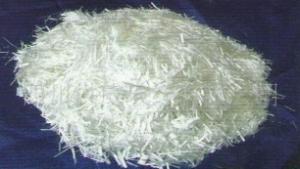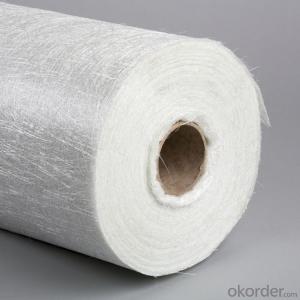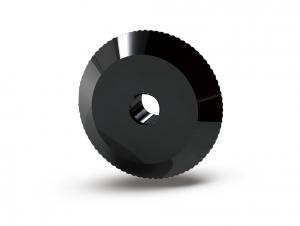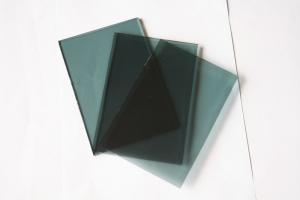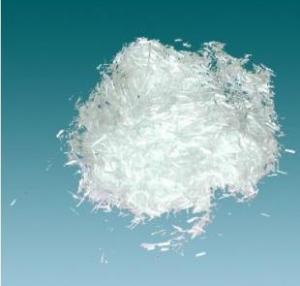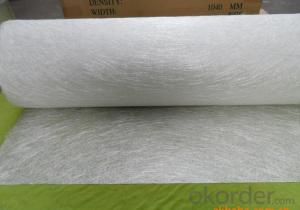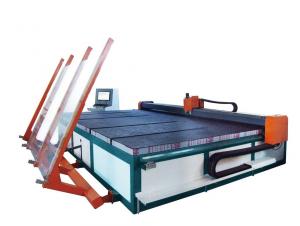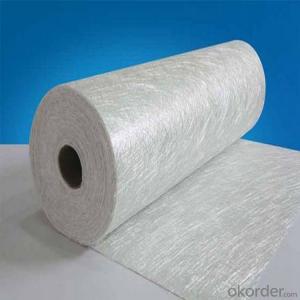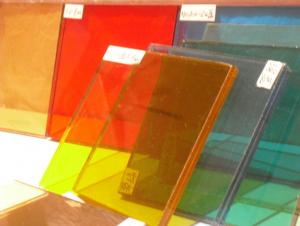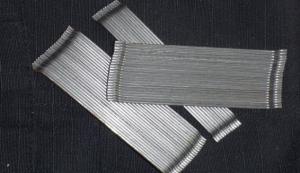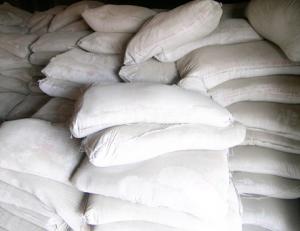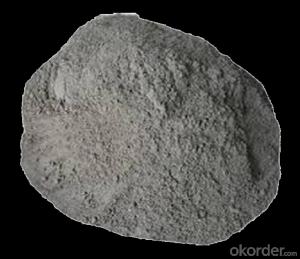Chopped Glass Fiber
Chopped Glass Fiber Related Searches
Chopped Fiberglass Chopped Strand Fibreglass Milled Glass Fiber Glass Fiber Filler Chopped Strand Fiberglass Mat Emulsion And Chopped Glass Woven Fibreglass Concrete Fiberglass Chopped Strand Glass Fibre Surface Fiberglass Chopped Strand Mat Glass Fiber Mat Black Glass Fiber Tissue Fiberglass Pipe Shaver Fiber Glass Mat Stained Glass Copper Foil Tape Chopped Strand Fiberglass Woven Car Fiberglass Copper Foil Tape Stained Glass Fiberglass Woven Fabric Fiberglass Roving Glass Foil Tape Fibreglass Pipes Zccy Fiberglass Chopped Strand Mat Glass Grinding Equipment Textile Fiber Glass Reinforced Epoxy Fiberglass Fabric High Pressure Fiberglass Pipe Fibreglass FabricChopped Glass Fiber Supplier & Manufacturer from China
Chopped Glass Fiber is a type of reinforcement material made from finely cut strands of glass that are used to enhance the strength and durability of various products. This versatile material is widely used in industries such as construction, automotive, and aerospace, where high-performance composites are required. Chopped Glass Fiber is known for its excellent mechanical properties, chemical resistance, and thermal insulation capabilities, making it an ideal choice for a variety of applications.In terms of usage, Chopped Glass Fiber is commonly incorporated into plastics, resins, and other composite materials to improve their structural integrity and performance. It can be found in products such as pipes, tanks, and structural components, where its ability to withstand high temperatures and pressures is particularly beneficial. Additionally, its lightweight nature and resistance to corrosion make it a popular choice for use in the automotive and aerospace sectors, where weight reduction and durability are critical factors.
Okorder.com is a leading wholesale supplier of Chopped Glass Fiber, offering a vast inventory of this essential material to customers worldwide. With a commitment to quality and customer satisfaction, Okorder.com ensures that the Chopped Glass Fiber they provide meets the highest industry standards, making it a reliable choice for businesses in need of this reinforcement material.
Hot Products
